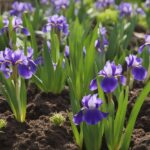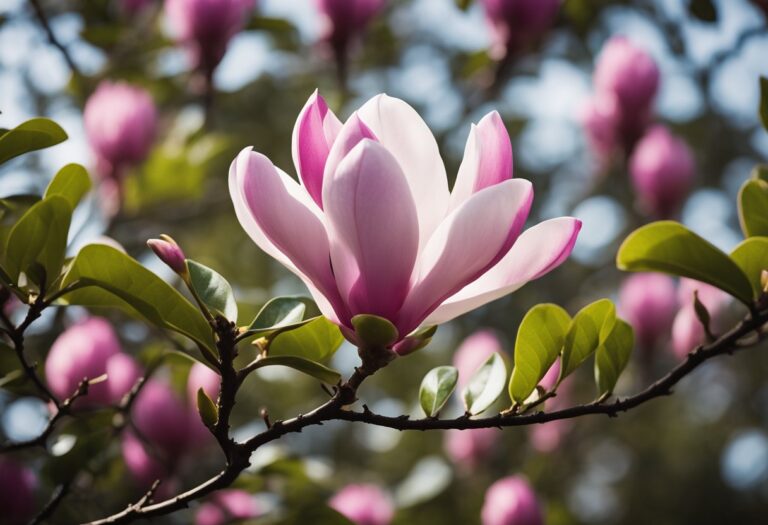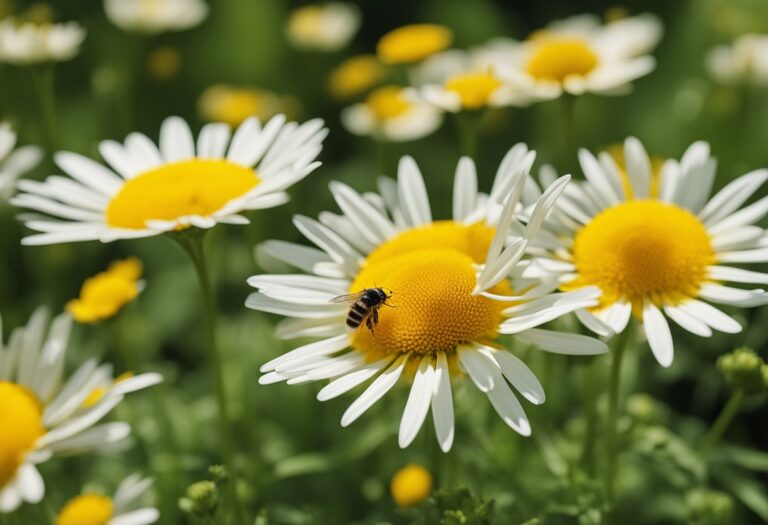Overview of Cornus Elliptica
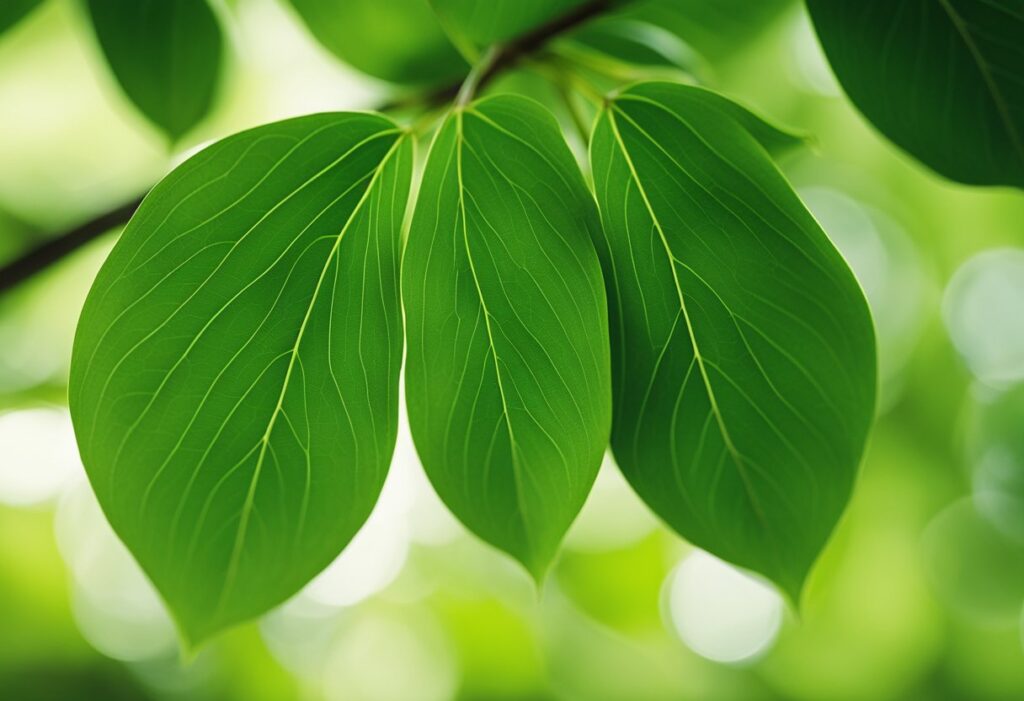
Cornus elliptica, also known as the Empress of China, comes from China. Your garden benefits from this tree’s visual charm as it is an evergreen to semi-evergreen species.
Description:
- Leaf: Ovate to elliptic leaves, glossy and mid- to bright green, flushed purple in winter.
- Flower: Features tiny, yellow-green flowers surrounded by four pointed, creamy-white bracts in late spring to early summer.
- Height: Grows to a height of 15-20 feet.
- Spread: Develops a rounded to spreading habit.
Growing Conditions:
- Zone: Thrives in USDA Hardiness Zones 7-8.
- Location: Prefers forested slopes and stream sides.
- Altitude: Found at elevations ranging from 300 to 2200 meters above sea level.
Your maintenance expectations for this tree are moderate. The tree is well adapted to a variety of conditions but yields the best flowering results once established. Its main attraction is the mass of creamy-white flowers, which transition to strawberry-like pink berries in autumn.
To add interest to your space year-round, Cornus elliptica ‘Empress of China’ could be considered a suitable candidate. It is a resilient choice for your landscape, adding structure and color across seasons.
Habitat and Distribution

Your understanding of the habitat and distribution of Cornus elliptica will be enhanced by exploring its specific geographical range and the environments it thrives in.
Geographical Range
Cornus elliptica, also known as the Empress of China Dogwood, originates from China. Specifically, your focus should be on the provinces of Fujian, Guangdong, Guangxi, Guizhou, Hubei, Hunan, Jiangxi, and Sichuan. It was first introduced to the United States in 1980 and is particularly noted at botanical institutions for its botanical significance.
Preferred Habitat
Your Cornus elliptica will demonstrate optimal growth in areas that provide moist, well-drained soil. The tree has a high preference for soil that’s been enriched with organic matter. To maintain the tree’s health and promote its distinctive features, ensure the soil stays cool and moist by applying a layer of mulch. The plant showcases adaptability but flourishes best in environments mirroring its native habitat conditions.
Botanical Characteristics
In this section, you will explore the specific botanical traits of Cornus elliptica, focusing on its structure and reproductive habits.
Morphology
Cornus elliptica, commonly associated with the dogwood family, exhibits a distinct morphology. As an evergreen to semi-evergreen species, it varies in presentation depending on climate and conditions.
- Leaf: The leaves of this tree are persistently broad, elliptical, and exhibit pale hairs underside, critical for identification.
- Bark: A mature Cornus elliptica displays grey or greyish-brown bark.
- Size: It can grow as a shrub or a tree, generally reaching up to 10 meters (about 32 feet) in height and spread, forming a rounded silhouette.
Flowering and Fruiting Patterns
The Cornus elliptica tree is notable for its reproductive cycle.
- Flowers: It blossoms from June to July, showcasing bracts that transition from pale green to white as they mature.
- Pollination: This species is hermaphroditic, meaning it has both male and female organs, and relies on insects for pollination.
- Fruits: Following the flowering period, fruits develop and mature from September to November, providing a source of food for local wildlife.
Cultivation and Care

For successful growth, your Cornus elliptica requires proper planting and ongoing maintenance. Attention to these details will ensure a healthy and visually appealing plant.
Planting Techniques
Site Selection:
- Choose a location with moderately moist soil.
- Avoid areas with saturated soils or poor drainage.
Planting Steps:
- Dig a hole twice the width of the root ball and just as deep.
- Gently place the plant in the hole, ensuring it’s at the same depth it was in the container.
- Backfill the hole with soil and water thoroughly.
Maintenance and Pruning
Watering:
- Water deeply upon initial planting.
- Continue regular watering until established, reducing frequency in winter.
Soil and Mulch:
- Mulch with a generous layer to retain moisture.
- Ensure the soil remains moderately moist, not waterlogged.
Pruning:
- Prune in late winter or after flowering to shape the tree and remove dead or damaged wood.
- Avoid heavy pruning, as this can stress the plant.
Uses and Significance

Cornus elliptica, both ecologically and aesthetically, holds significance. Its ecological role supports local wildlife, while its ornamental use provides year-round visual interest in landscapes.
Ecological Impact
Your garden benefits from the inclusion of Cornus elliptica, as it serves an important ecological function.
- Flowers: Attract pollinators like bees
- Seeds: Become a food source for birds in autumn
These insects, in turn, serve as food for birds and other small animals, fostering a thriving ecosystem.
Ornamental Use
The Empress of China variety of Cornus elliptica enhances your garden’s beauty with its distinctive features.
- Leaves: Glossy and bright green, turning to a purplish color in cooler months for a striking appearance.
- Flowers: The tree blooms with small, yellow-green flowers accompanied by prominent, creamy-white bracts that resemble petals, adding elegance to your outdoor space from late spring to early summer.
- Growth: It can reach 15-20 feet tall, fitting well into small garden spaces or as a part of a larger landscape design.
Frequently Asked Questions
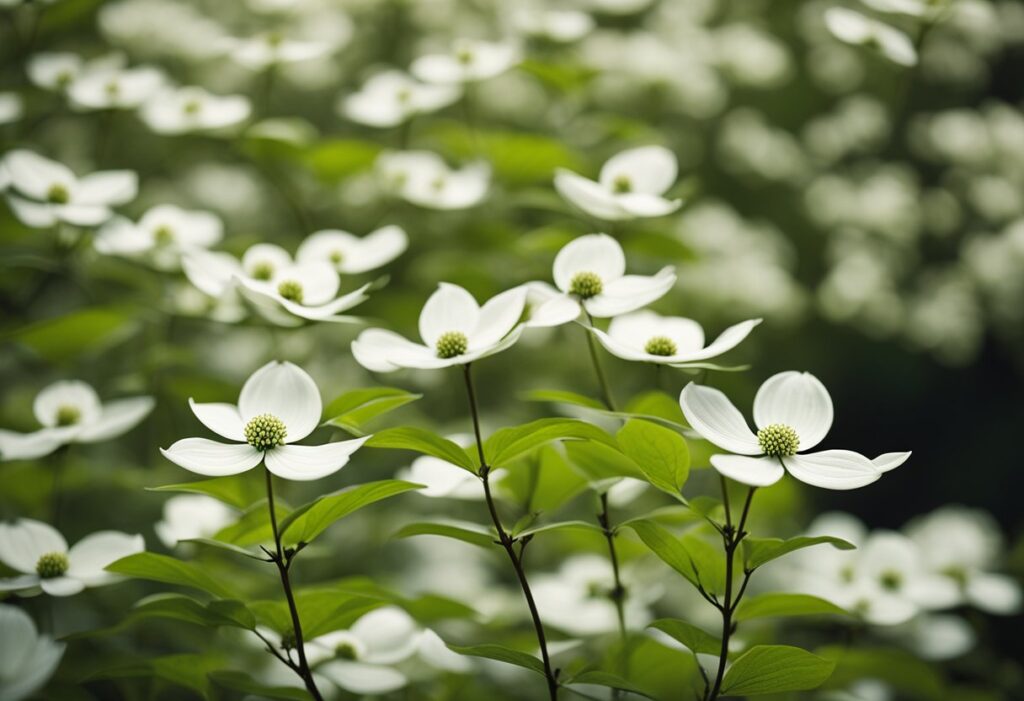
In this section, you’ll find concise, reliable answers to commonly asked questions about Cornus elliptica, also known as the Evergreen Dogwood.
What is the typical growth rate of Cornus elliptica?
Cornus elliptica grows at a moderate rate, similar to many small flowering trees.
How large can Cornus elliptica grow?
At maturity, Cornus elliptica can reach a height of 15-20 feet, with some variation depending on growing conditions and care.
What are the differences between Cornus elliptica and Cornus angustata?
While both are species of dogwood, Cornus elliptica is known for its evergreen to semi-evergreen leaves which turn purplish in winter, whereas Cornus angustata typically has narrower leaves that exhibit different seasonal coloration.
What conditions are ideal for planting and growing an Evergreen Dogwood?
Evergreen Dogwood thrives in well-drained soil with moderate moisture. It prefers partial to full sun and can tolerate a variety of soil types if properly watered, especially during dry periods.
Are there any particular varieties of Evergreen Dogwood that remain compact?
The ‘Empress of China’ is a compact variety of Cornus elliptica, maintaining a rounded to spreading shape suitable for smaller gardens.
Can Dogwood trees become invasive in certain regions?
Dogwood trees are not typically considered invasive. However, they can spread in favorable conditions.
It is always advisable to consult local guidelines before planting. This will help you understand the behavior of species in your region.






